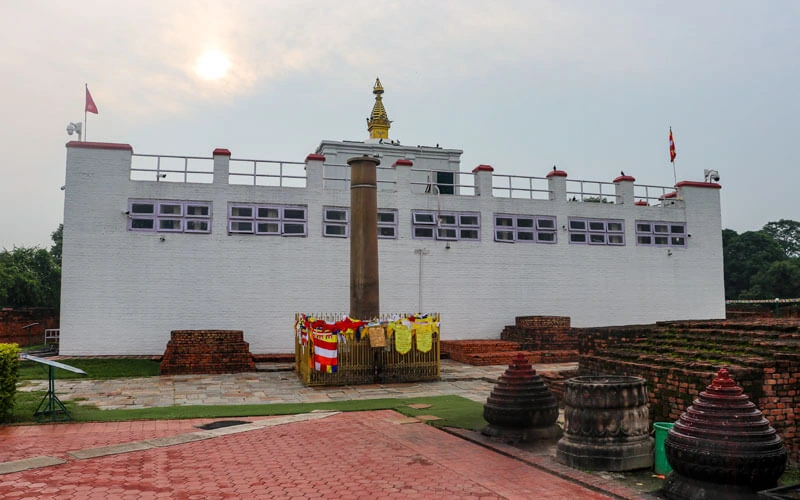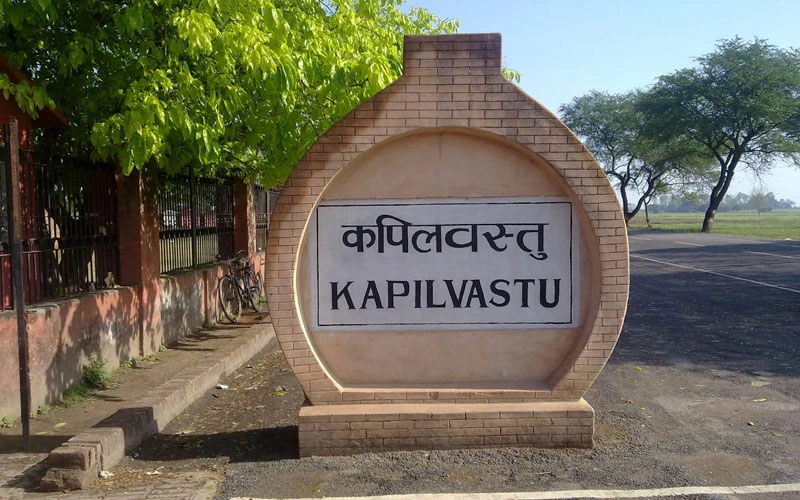Maya Devi Temple
Maya Devi Temple in Lumbini is a sacred site marking the birthplace of Siddhartha Gautama, who later became Buddha. Queen Maya Devi, Buddha’s mother, is believed to have given birth to him here. The temple houses an ancient marker stone and archaeological remains. Pilgrims and visitors come to Maya Devi Temple to pay respects to the historical significance of Buddha’s birth and the spiritual heritage of Lumbini.
Ashoka Pillar
The Ashoka Pillar in Lumbini is an ancient pillar erected by Emperor Ashoka, a powerful Indian ruler. He installed the pillar to mark the birthplace of Siddhartha Gautama, who later became known as Buddha. The pillar stands as a testament to Ashoka’s reverence for Buddhism and his efforts to spread its teachings. It signifies the historical and cultural importance of Lumbini as the birthplace of Buddha. Pilgrims and visitors come to the Ashoka Pillar to connect with the profound history and spiritual significance associated with the founder of Buddhism.
Kapilavastu
Kapilavastu in Nepal is where Siddhartha Gautama, who later became Buddha, was born and lived in luxury. His encounter with the realities of aging and suffering prompted him to renounce his princely life. Leaving Kapilavastu, he sought enlightenment and eventually became Buddha. Kapilavastu remains a vital pilgrimage site, offering insights into the early life of Buddha and the foundations of Buddhism.




